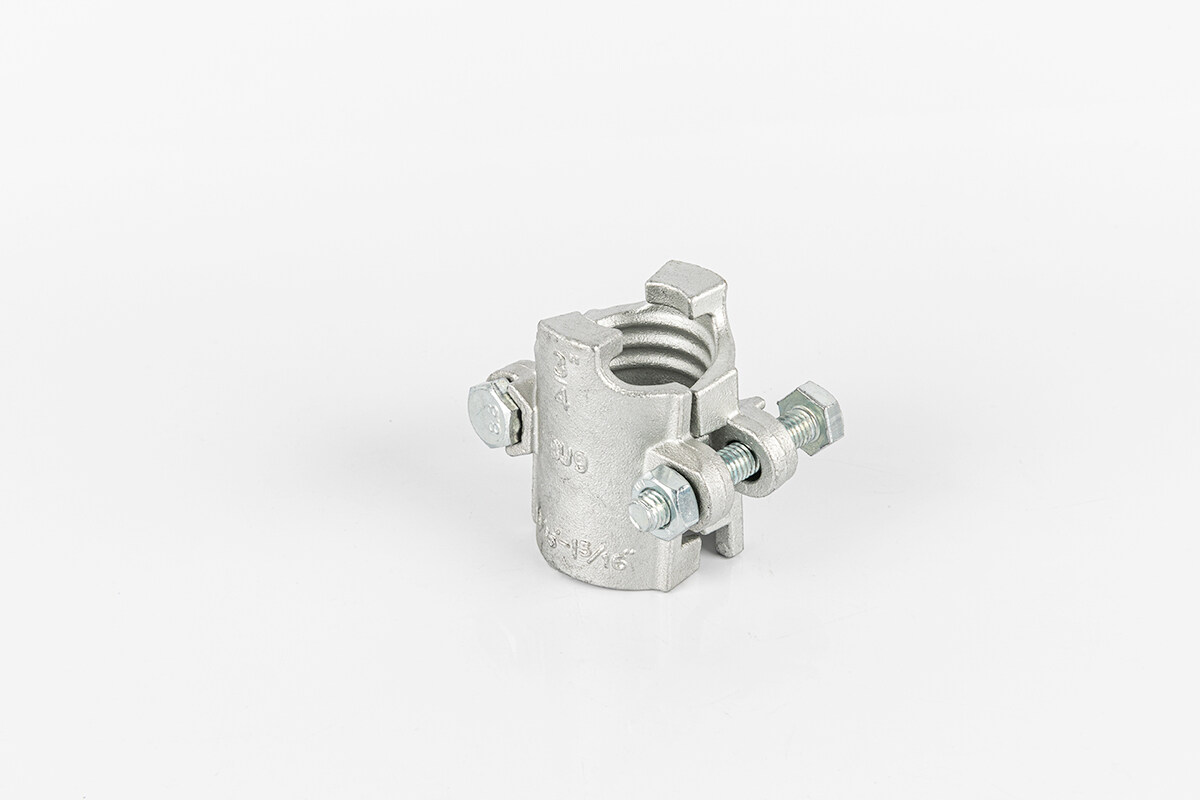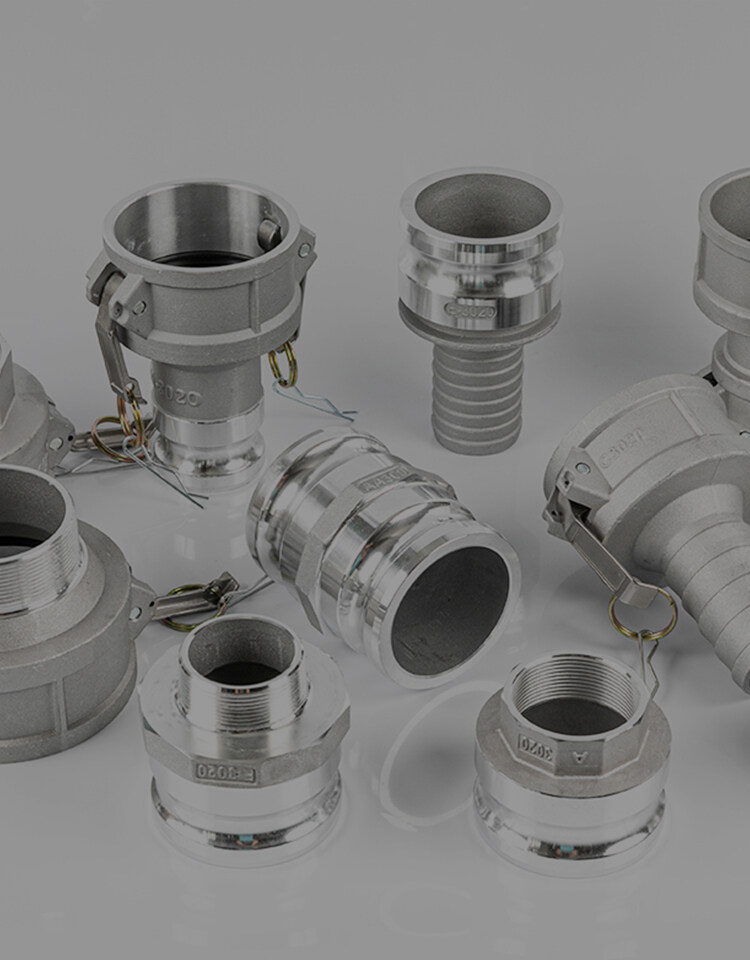Erreur de format d'e-mail
emailCannotEmpty
emailDoesExist
pwdLetterLimtTip
inconsistentPwd
pwdLetterLimtTip
inconsistentPwd

Nouvelles
Ici, vous pouvez décrire un morceau de texte que vous souhaitez exprimer

Unveiling the Hose Clamp Manufacturing Process: A Comprehensive Guide
In the realm of industrial components, the humble hose clamp may not seem like a marvel of engineering. However, its significance in securing hoses and ensuring tight seals in countless applications cannot be overstated. The hose clamp manufacturing process is a testament to precision engineering, combining metallurgy, mechanical design, and efficient production techniques. This blog post will take you through the intricate journey of creating these essential devices, from raw material selection to the final product. We will explore the various types of hose clamps, delve into the world of custom hose clamp solutions, and highlight the role of double wire hose clamp suppliers and hose clamp suppliers in the industry. Join us as we unravel the complexities behind the manufacturing process of hose clamps.
The Importance of Hose Clamps in Various Industries
A Brief Overview of Hose Clamp Applications
Hose clamps are ubiquitous in industries that require the transfer of liquids, gases, or other substances through hoses. These small but mighty components ensure a leak-proof seal at the junction points where hoses connect to fittings or other hoses. Without hose clamps, industries such as automotive, plumbing, and industrial machinery would struggle with maintaining the integrity of their systems, leading to potential safety hazards and operational inefficiencies.
The Versatility of Hose Clamps in Securing Connections
The versatility of hose clamps lies in their ability to adapt to various diameters and pressures, making them suitable for a wide range of applications. From securing a car’s radiator hose to maintaining the pressure in a high-powered industrial water system, hose clamps are the unsung heroes that maintain the flow and prevent costly leaks.
Raw Materials and Design Considerations
Selecting the Right Materials for Durability and Performance
The selection of raw materials for hose clamp manufacturing is a critical decision that impacts the clamp’s durability and performance. Materials commonly used include stainless steel, carbon steel, and sometimes plastics for specific applications. Stainless steel is favored for its corrosion resistance and strength, making it ideal for marine and outdoor applications. Carbon steel, on the other hand, offers a cost-effective solution with good tensile strength for general-purpose use.
Designing Hose Clamps for Optimal Functionality
Designing a hose clamp goes beyond choosing the right material. It involves engineering the clamp to withstand the pressures and environmental conditions of its intended use. This includes calculating the optimal width and thickness of the band, the type of screw mechanism needed, and the design of the housing that holds the mechanism in place. Engineers use computer-aided design (CAD) software to model and simulate the clamp’s performance before moving to the production stage.
The Hose Clamp Manufacturing Process
Step-by-Step Breakdown of the Production Line
The manufacturing process of hose clamps begins with the procurement of raw materials, which are then cut to size and shaped according to specifications. The band, typically a strip of metal, is formed into a circular or semi-circular shape. The screw and housing mechanism, which allows for the tightening and loosening of the clamp, is then attached. Advanced machinery and skilled technicians work in unison to ensure each clamp is crafted with precision.
Quality Control: Ensuring Every Clamp Meets Standards
Quality control is an integral part of the hose clamp manufacturing process. Each batch of clamps undergoes rigorous testing to ensure they meet the required standards for pressure, torque, and corrosion resistance. This may include salt spray tests for corrosion, tensile tests to measure strength, and application tests to ensure functionality. Only after passing these stringent tests are the hose clamps deemed ready for distribution.
Types of Hose Clamps and Their Manufacturing Differences
Traditional Screw/Band Clamps and Their Production
The most common type of hose clamp is the screw/band clamp, which consists of a galvanized or stainless steel band with a screw thread pattern cut or pressed into it. The manufacturing process involves coiling the metal band into a circular shape and then adding a captive screw and housing. The simplicity of this design makes it a versatile and widely used solution in many applications.
The Precision of China Spring Clip Hose Clamps Manufacturing
China spring clip hose clamps are another popular variety, known for their ease of use and constant tension. The manufacturing process for these clamps involves heat-treating a spring steel wire to the desired resilience, then bending it into the clip shape. This type of clamp is often used in applications where space is limited and a quick, tool-free installation is advantageous.
Crafting Reliability: China Wire Hose Clamp Production
China wire hose clamp production focuses on creating a robust and reliable sealing solution. These clamps are made from a heavy-duty wire that is bent into a two-loop, screw-tightened design. They are particularly effective for soft hoses, as the wire provides a strong grip without cutting into the hose material. The manufacturing process requires precision bending and threading machinery to ensure consistent quality.
Customization in Hose Clamp Manufacturing
The Process of Creating Custom Hose Clamp Solutions
Custom hose clamp solutions are essential for applications with unique requirements that standard clamps cannot meet. The customization process begins with a consultation to understand the specific needs of the application, followed by the design phase where engineers create prototypes using CAD software. Once the design is approved, custom tooling may be created to produce the clamps. This process allows for a wide range of sizes, materials, and designs to be manufactured to exact specifications.
Meeting Specific Industry Needs with Customization
Custom hose clamps are particularly important in industries with extreme temperatures, pressures, or corrosive substances. For example, in the aerospace industry, clamps must withstand rapid changes in pressure and temperature, while in the marine industry, they must resist saltwater corrosion. Custom hose clamps can be designed with these specific challenges in mind, ensuring reliability and safety.
The Role of Suppliers in Hose Clamp Manufacturing
Double Wire Hose Clamp Suppliers: Providing Specialized Components
Double wire hose clamp suppliers play a crucial role in providing specialized components for demanding applications. These suppliers work closely with manufacturers to ensure a steady supply of high-quality double wire clamps, which are known for their superior sealing ability and resistance to loosening. The suppliers must understand the nuances of the applications to provide the best product for the job.
The Vital Link: Hose Clamp Suppliers in the Supply Chain
Hose clamp suppliers are the vital link between manufacturers and end-users. They ensure that a diverse range of hose clamps, from standard sizes to custom designs, are available and delivered on time. Suppliers must maintain a comprehensive inventory, provide technical support, and offer logistical solutions to meet the needs of various industries.
Innovations in Hose Clamp Manufacturing
Advancements in Production Technology
The hose clamp industry has seen significant technological advancements in recent years. Automation and precision engineering have led to the development of more reliable and efficient manufacturing processes. For instance, laser cutting and CNC machining allow for the production of hose clamps with extremely tight tolerances. Additionally, the integration of robotics in assembly lines has improved production speed and consistency, while reducing the likelihood of human error.
New Materials and Designs on the Horizon
Material science plays a pivotal role in the innovation of hose clamp manufacturing. New alloys and composite materials are being tested for their potential to offer better performance, including lighter weight, enhanced corrosion resistance, and increased strength. Innovative designs, such as quick-release mechanisms and tamper-proof features, are being developed to address specific industry challenges and improve user convenience.
Sustainability and Environmental Practices in Manufacturing
Implementing Eco-Friendly Practices in Production
Sustainability is becoming increasingly important in the manufacturing sector. Hose clamp manufacturers are adopting eco-friendly practices such as recycling scrap metal, using renewable energy sources, and minimizing waste. By optimizing production processes and reducing the use of hazardous substances, manufacturers are not only lowering their environmental impact but also complying with global environmental standards and regulations.
The Future of Green Manufacturing in Hose Clamps
The future of hose clamp manufacturing is likely to see a greater emphasis on environmental sustainability. This could involve the use of biodegradable materials or the implementation of take-back programs to recycle old clamps. Manufacturers who prioritize sustainability will not only contribute to a healthier planet but also appeal to environmentally conscious consumers and businesses.
Choosing the Right Hose Clamp Manufacturer
What to Look for in a Quality Hose Clamp Manufacturer
When selecting a hose clamp manufacturer, it’s essential to consider factors such as the company’s reputation, the quality of its products, and its commitment to customer service. A reliable manufacturer should have a proven track record of meeting industry standards and certifications. They should also be able to provide technical support and ensure timely delivery of their products.
Building Partnerships with Manufacturers and Suppliers
A strong partnership with your hose clamp manufacturer can lead to better product customization, innovation, and supply chain efficiency. Look for manufacturers who are willing to collaborate closely with you to understand your specific needs and challenges. A good supplier will not just sell you a product; they will be a partner in your success, offering ongoing support and advice.
Conclusion: The Future of Hose Clamp Manufacturing and Its Impact
Reflecting on the Evolution of Hose Clamp Manufacturing
The hose clamp manufacturing process has evolved from a labor-intensive operation to a sophisticated, automated production that prioritizes precision, reliability, and sustainability. Today’s manufacturers are equipped to meet the demands of a wide range of industries, providing solutions that are both innovative and environmentally responsible.
Anticipating the Future Needs of Industries
As industries continue to advance, the need for more specialized and high-performance hose clamps will grow. Manufacturers who invest in research and development, stay ahead of technological trends, and maintain a commitment to sustainability will be well-positioned to meet these future needs. The hose clamp may be a small component, but its impact on industrial safety, efficiency, and environmental protection is immense.

